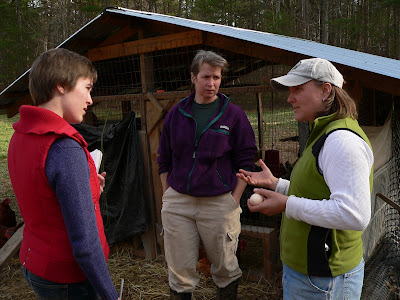
I heard on NPR a couple of days ago that the White House website (www.whitehouse.gov) now has an e-mail link where anyone can write a note to President Obama. I didn't really believe it, but I went online to check, and there it was. You just scroll down the opening page to the word "contact" on the right. Click on that word, and you'll go to the page with the little box waiting for your comment.
Above the space for you to write, it says:
"President Obama is committed to creating the most open and accessible administration in American history. To send questions, comments, concerns, or well-wishes to the President or his staff, please use the form below."
You can write 5000 characters. Or less. Thank you Mr. Obama. Your predecessor never asked.
I knew right away what I want to say to Mr. Obama. I think I'll start with "Dear Barack" because most people probably don't.
I'm not gonna talk about the stuff on the front page of the newspaper: Obama's economic recovery plan, or reducing taxes for 95% of Americans, or ending the war in Iraq, or solutions for the drug trade over the Mexican border. That's all important, today. But it's all stuff that will be forgotten in 1000 years. Most of it won't make any difference in 1000 years. People will always have wars, use drugs, fight over borders, gripe about taxes ---- those struggles have been around as long as civilization has existed, and before. It's our human nature to have those particular struggles.
Here's what really matters, to me. We're entering a period of mass extinctions, where the majority of biologists agree that 25 - 75% of existing species are likely to go extinct within the next hundred years. This mass extinction is not like previous mass extinctions that occurred due to meteor impacts or glacial movements. In earlier extinctions, the surviving creatures had a variety of rich habitats remaining on Earth. They could adapt and evolve to fill these nurturing habitats. That's not the case now. We're fouling and destroying almost all habitats, most of them beyond recovery. Oceans, temperate forests, tropical forests, grasslands - all of them. Some by means of overharvesting, some by means of pollution, some by way of climate change. To me this is what really matters, because in 1000 years, in a million years, these habitats will still be trashed beyond recovery. And the animals will still be extinct. Forever. And not to be replaced by something new.
 So that's what I'm going to say to Barack. Tomorrow I'll write it, after tonight's basketball games are over and I can say it in my clearest voice. "Please protect wildlife," I'll say, "so that the trillions of people to follow us on this planet won't have to live in a world without birds, without bears, without lions or wolves or whales. Think on down the line. You're probably good at that."
So that's what I'm going to say to Barack. Tomorrow I'll write it, after tonight's basketball games are over and I can say it in my clearest voice. "Please protect wildlife," I'll say, "so that the trillions of people to follow us on this planet won't have to live in a world without birds, without bears, without lions or wolves or whales. Think on down the line. You're probably good at that."Keywords:: Obama wildlife extinctions white house










